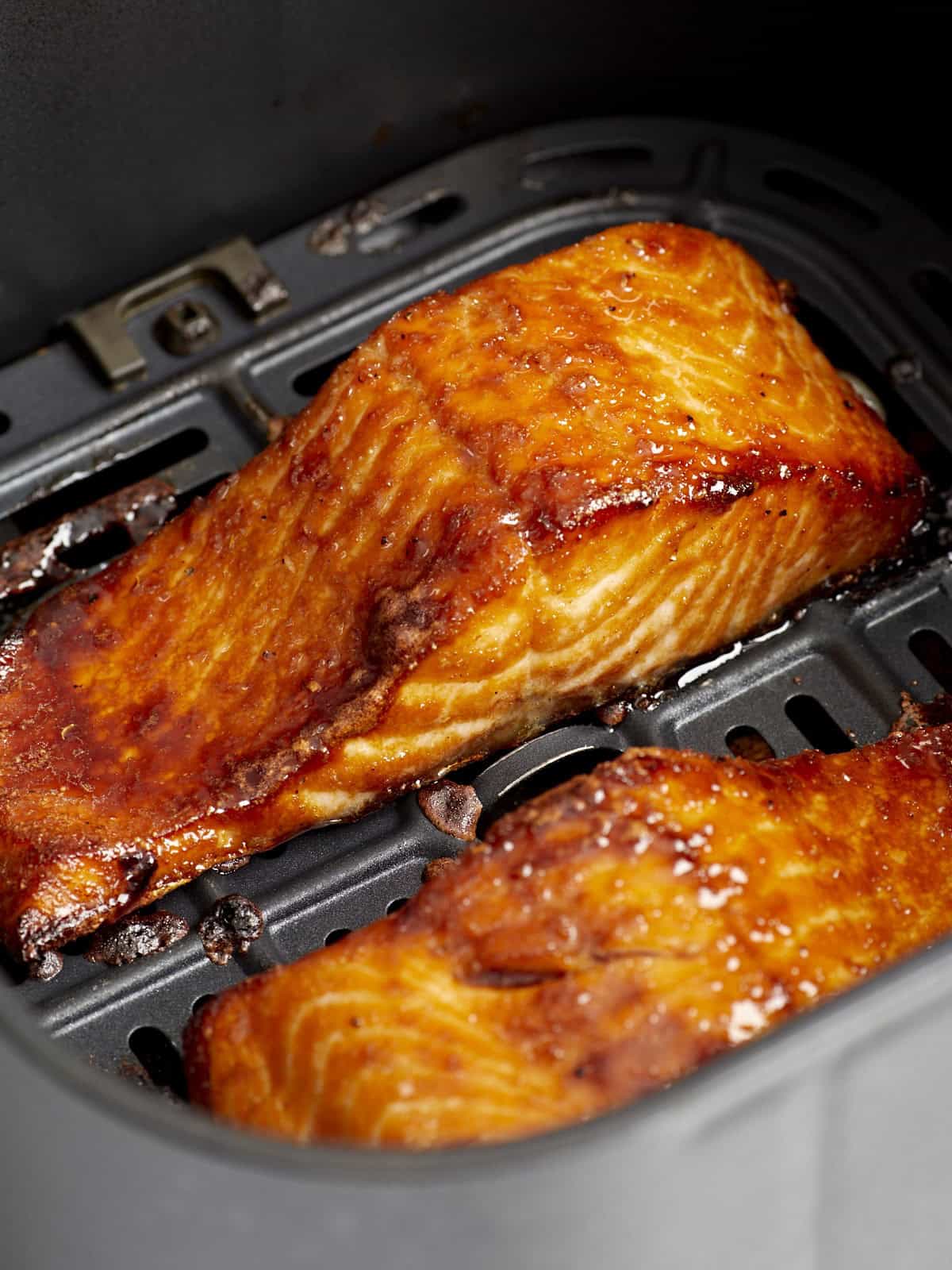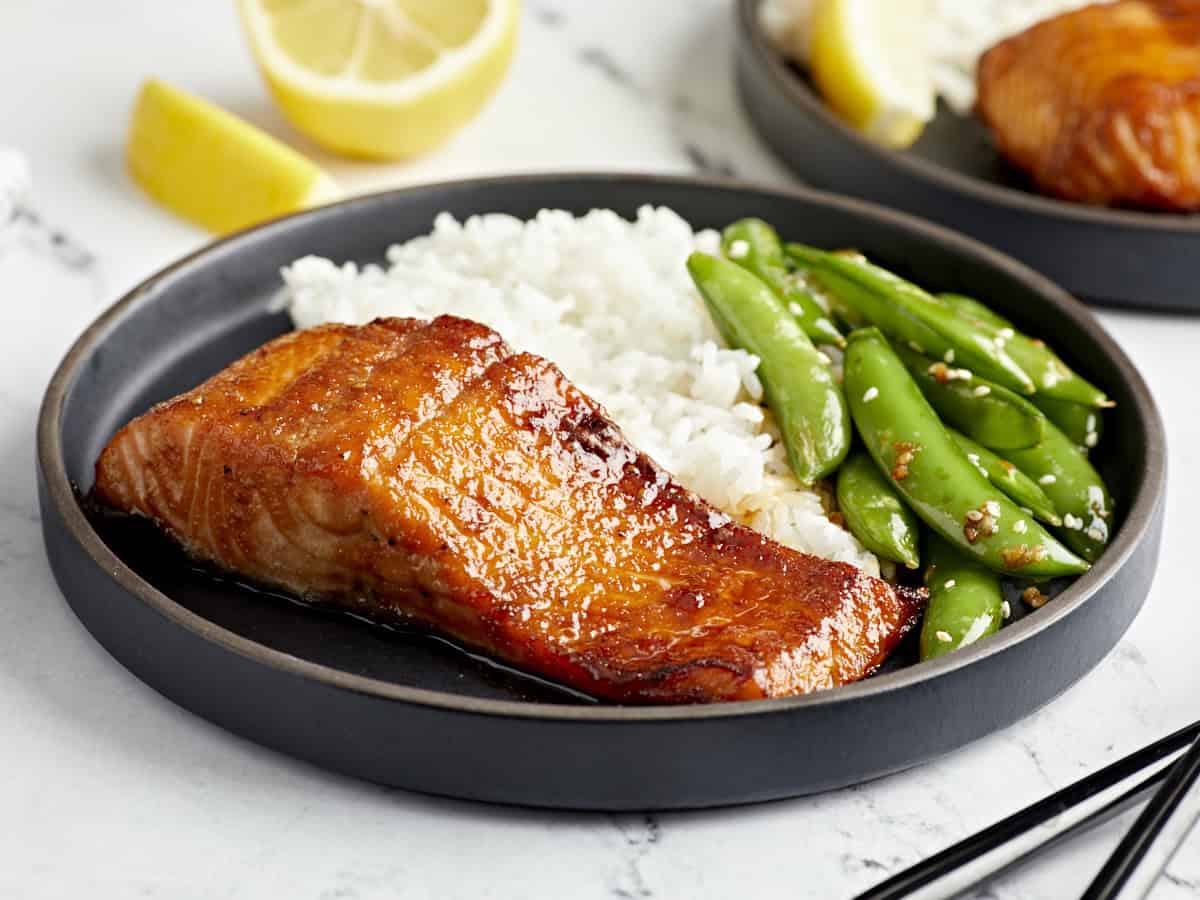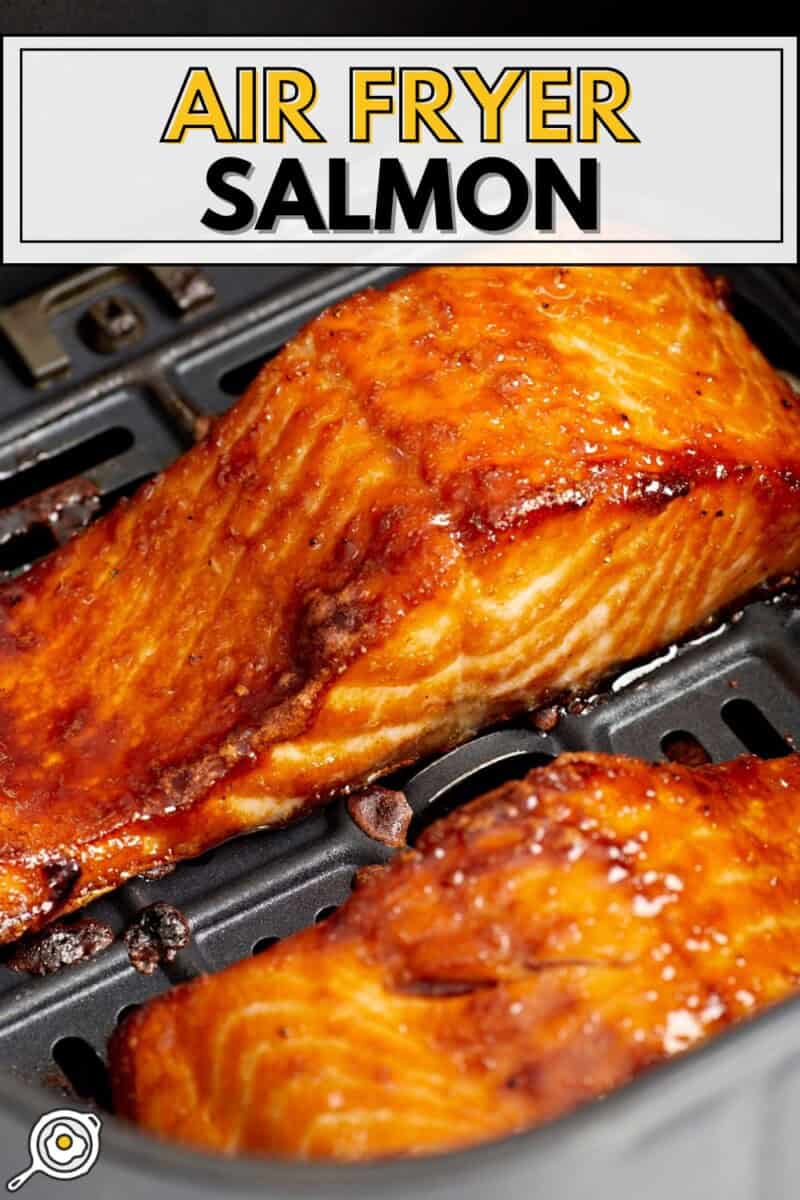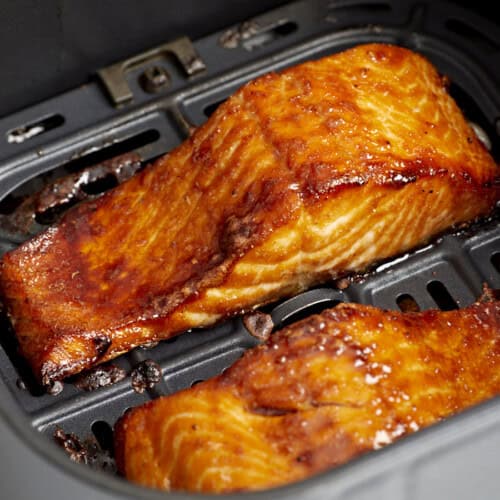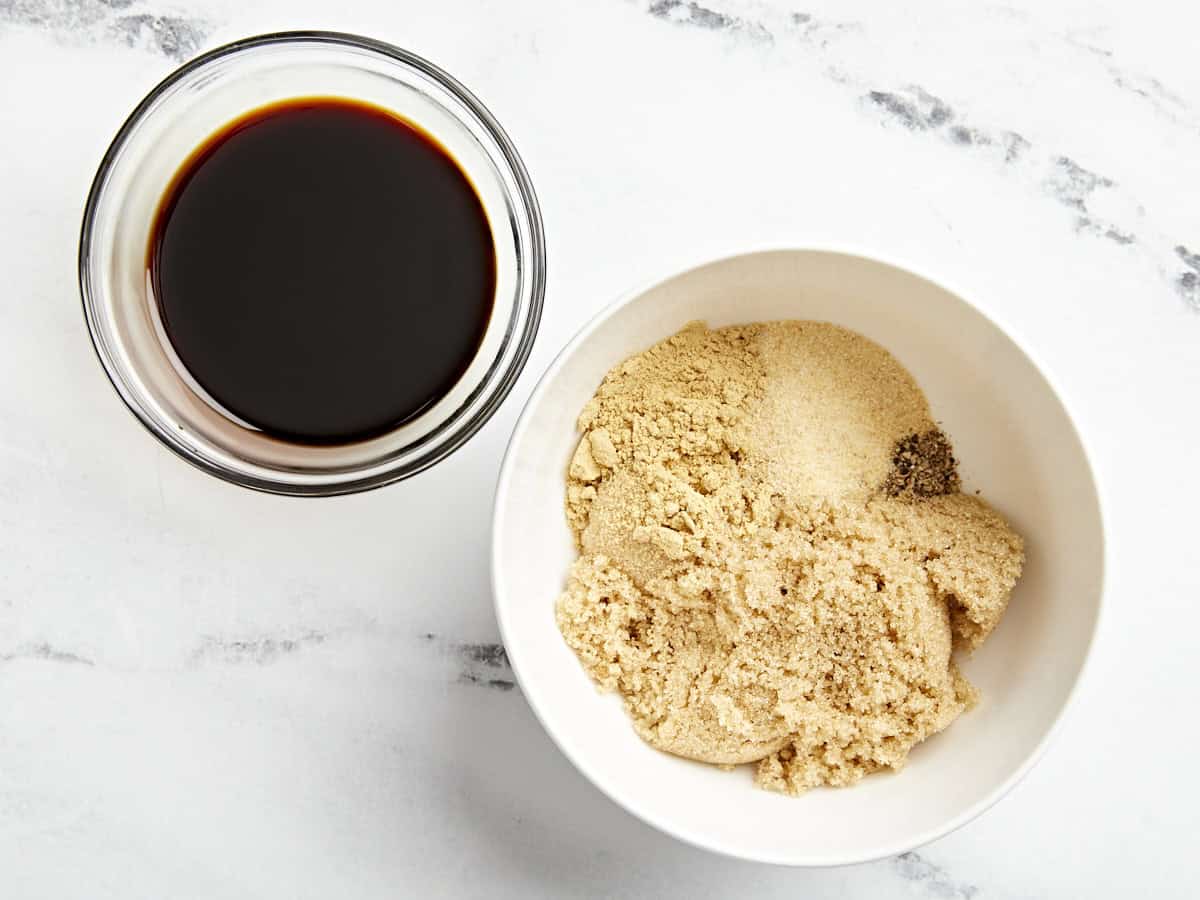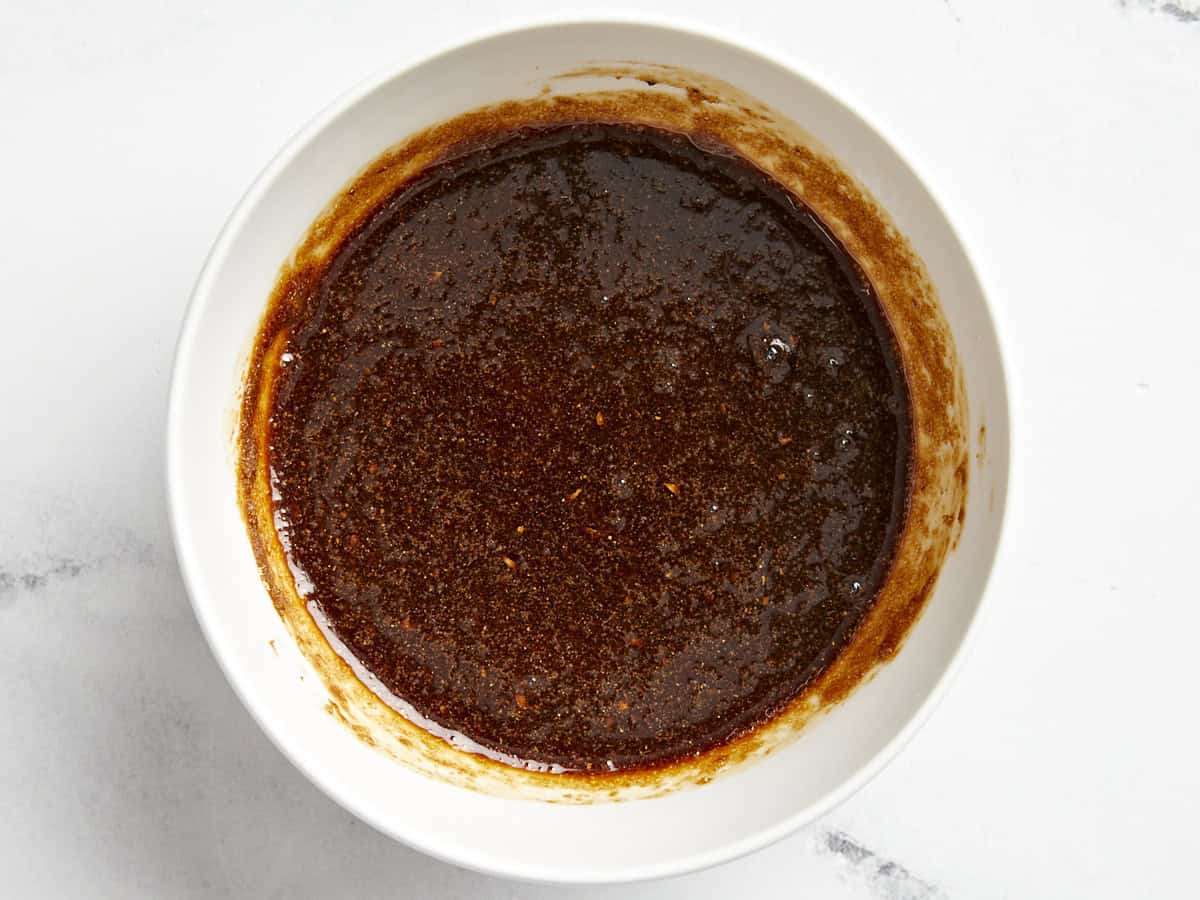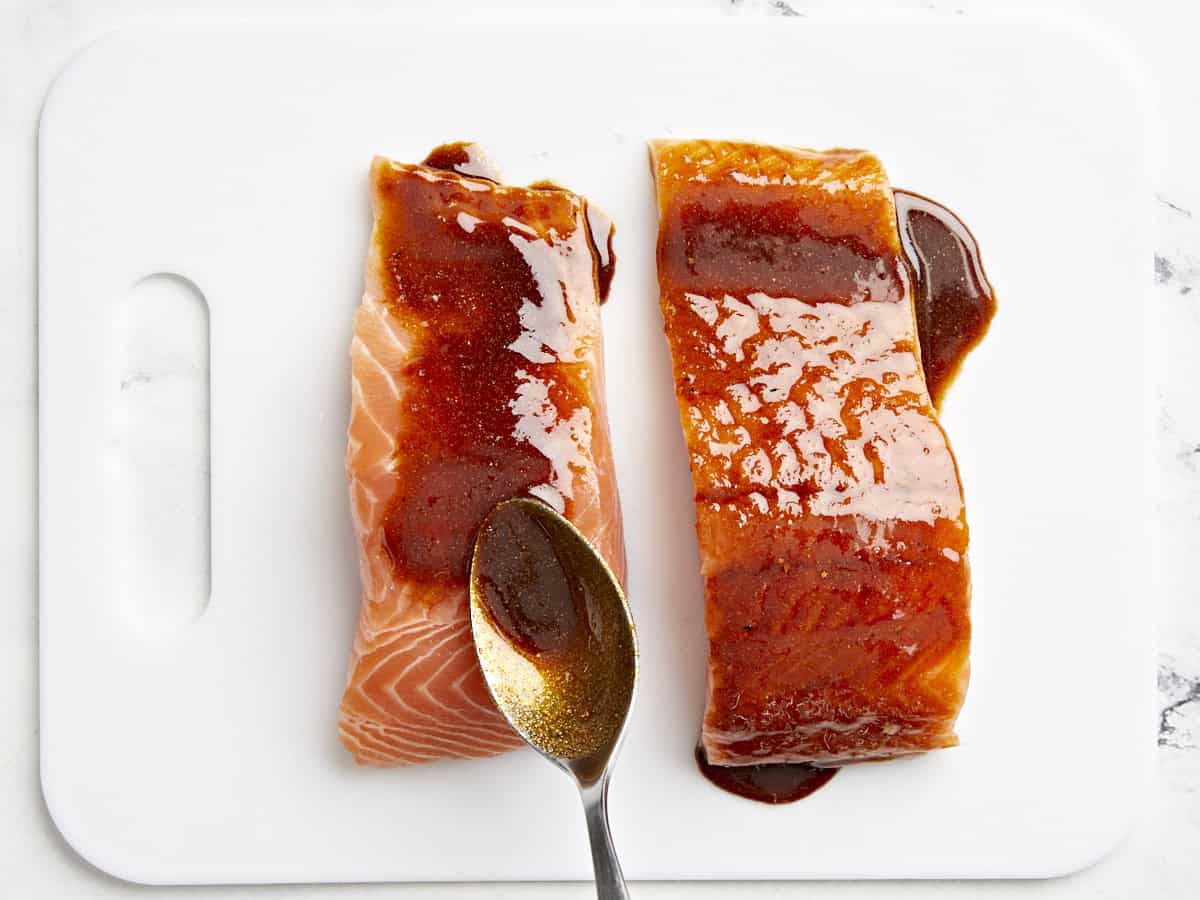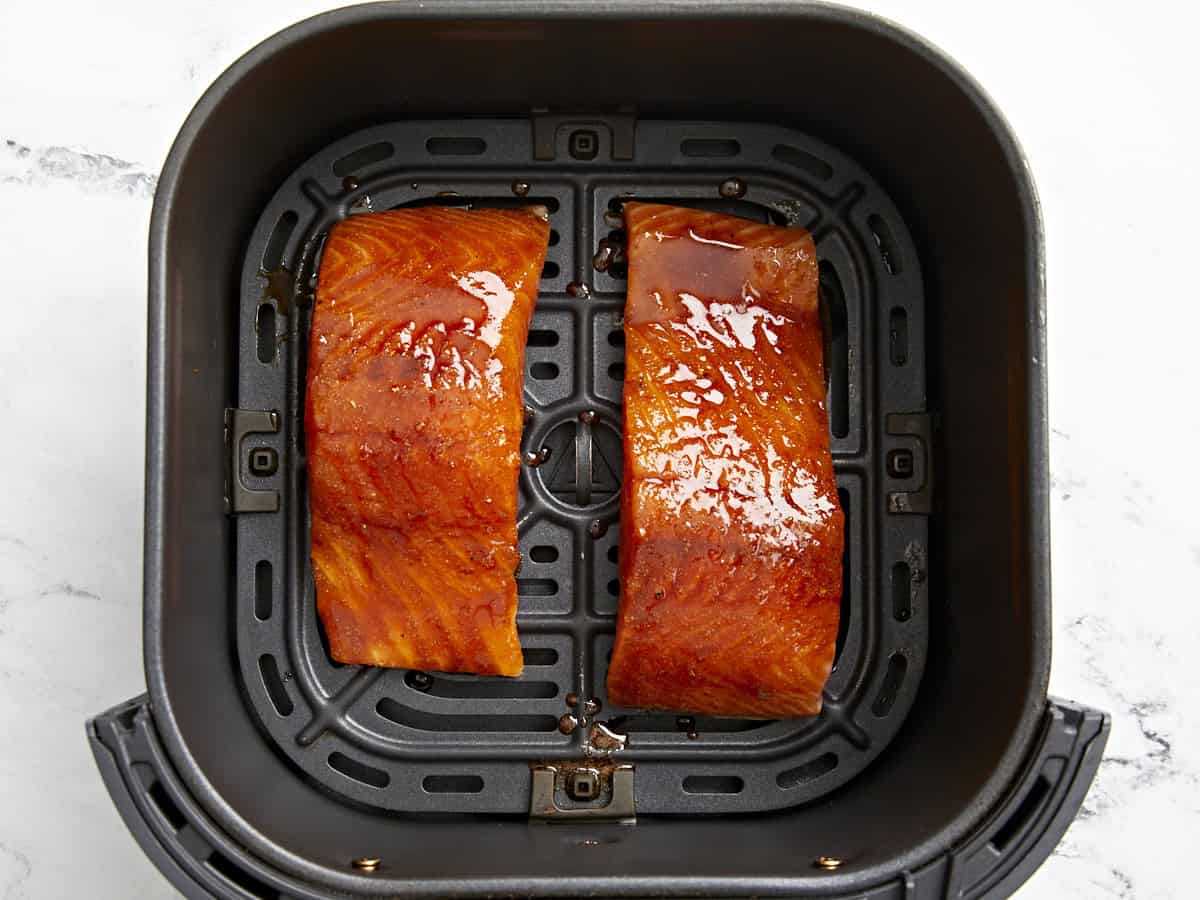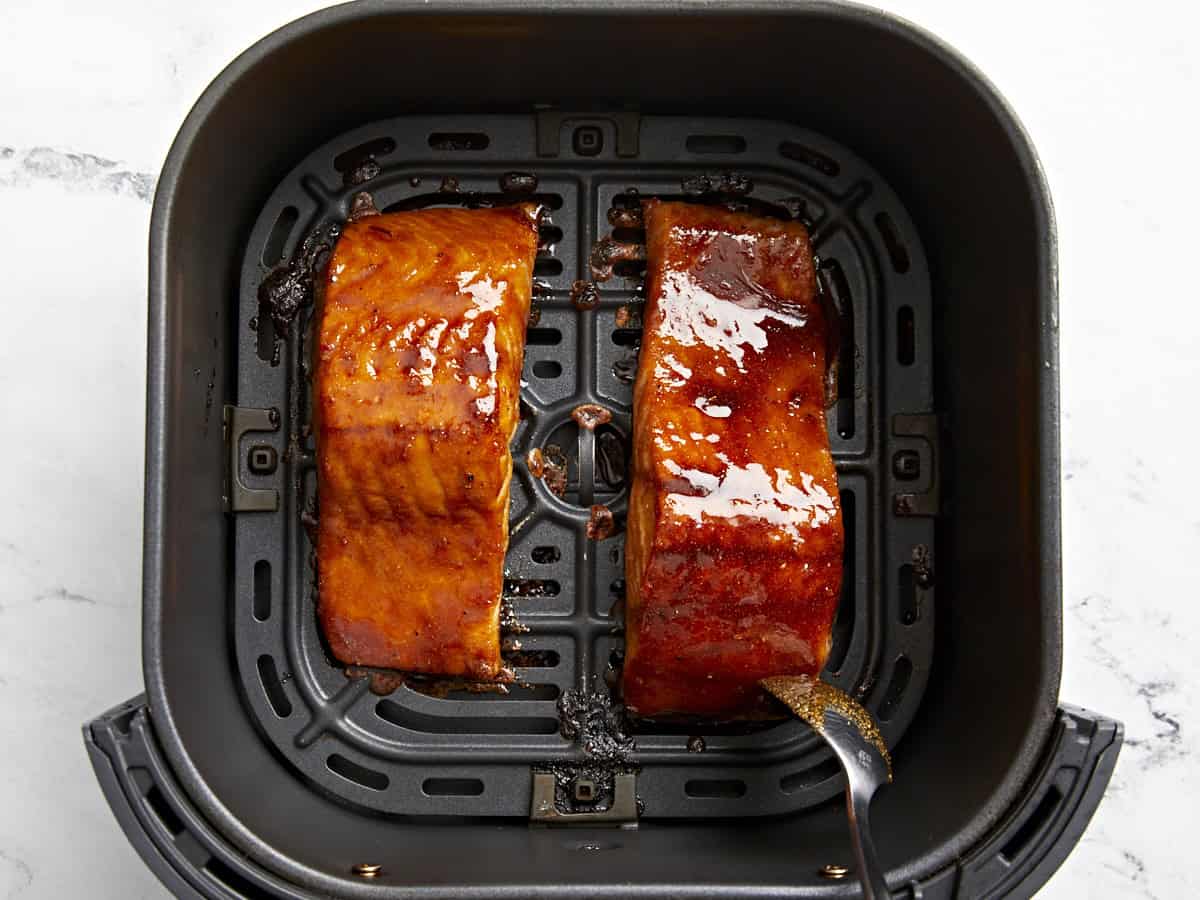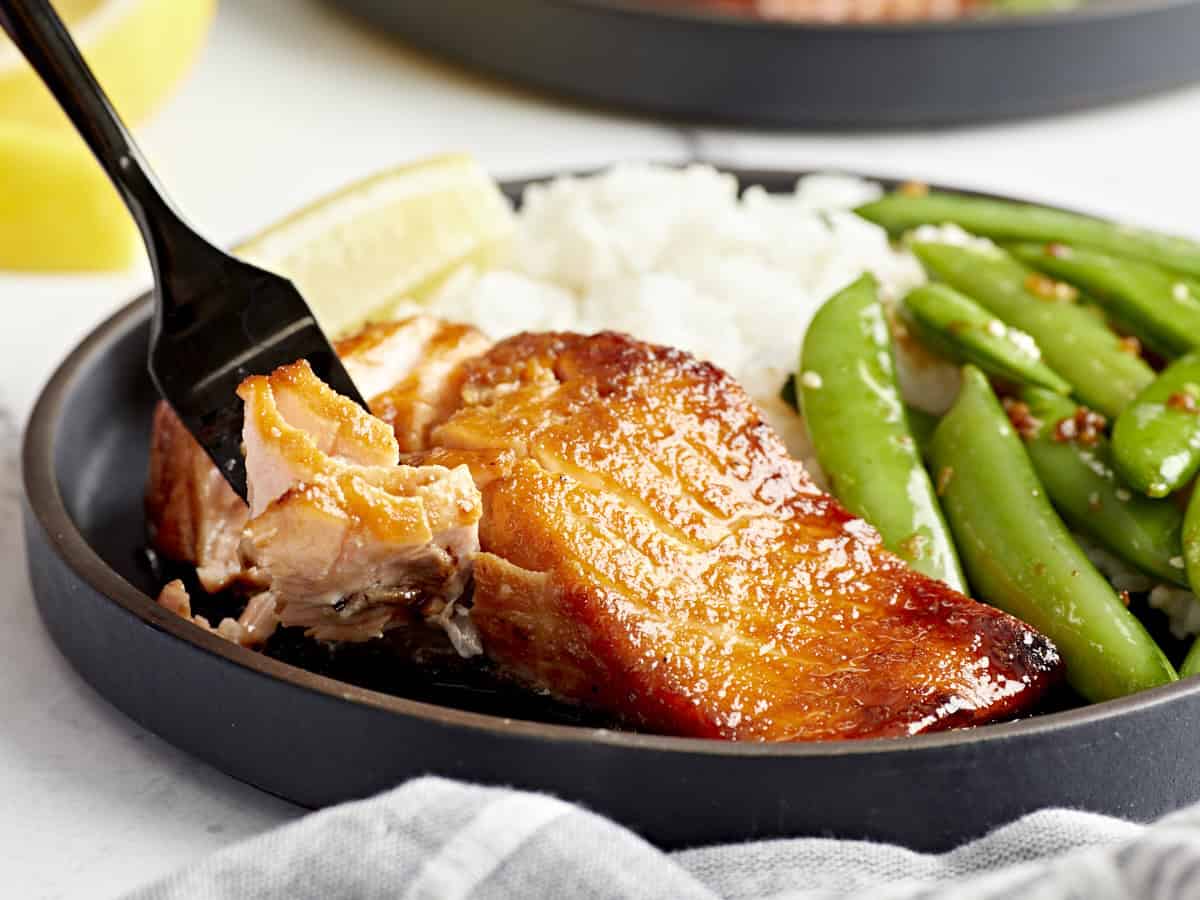Frequently Asked Questions About Potato Gnocchi Recipe
1. What is potato gnocchi, and how is it different from other types of pasta?
Gnocchi is an Italian dish that is often classified as pasta, but it’s technically a type of dumpling. Unlike traditional pasta made from wheat flour, potato gnocchi is typically made from a mixture of potatoes, flour, and sometimes eggs. The word “gnocchi” comes from the Italian word “nocca,” which means knuckle, reflecting its small, knuckle-like shape.
The primary difference between gnocchi and other types of pasta lies in its ingredients and texture. Traditional pasta, such as spaghetti or fettuccine, is made from wheat flour and water (or eggs) and has a firmer, chewy texture. Gnocchi, on the other hand, is softer and fluffier due to the use of potatoes. When cooked properly, gnocchi should be light and tender, almost pillow-like, making it a comforting and satisfying dish that pairs beautifully with a variety of sauces.
2. What is the best type of potato to use for making potato gnocchi?
For the best results when making gnocchi, it’s recommended to use Russet potatoes. Russet potatoes are high in starch and low in moisture, which makes them ideal for creating a light and fluffy texture. The starchy content of Russet potatoes helps bind the dough without requiring too much flour, which can lead to dense and heavy gnocchi.
When preparing your potatoes, it’s important to either bake or boil them with the skin on. Baking is often preferred because it allows the potatoes to lose some of their moisture, which is beneficial for making gnocchi. If you choose to boil the potatoes, be sure to leave the skin on to prevent them from absorbing too much water. After cooking, the potatoes should be riced while still warm to ensure a smooth, lump-free dough.
3. How do you make potato gnocchi from scratch?
Making potato gnocchi from scratch involves just a few simple ingredients: potatoes, flour, and egg. The process begins with cooking the potatoes until they are tender. Once cooked, the potatoes are mashed or put through a potato ricer to achieve a smooth consistency. It’s important to work quickly while the potatoes are still warm to prevent the dough from becoming too sticky.
After ricing the potatoes, they are mixed with flour and an egg to form a dough. The dough should be kneaded just enough to combine the ingredients, as overworking it can result in tough gnocchi. Once the dough is ready, it’s rolled into ropes, cut into small pieces, and shaped using a fork or gnocchi board. The final step is to boil the gnocchi until they float to the surface, indicating they are done.
4. Why did my potato gnocchi turn out tough and chewy instead of soft and fluffy?
If your gnocchi turned out tough and chewy, it’s likely due to overworking the dough or adding too much flour. Gnocchi dough should be handled gently to avoid developing too much gluten, which can make the dumplings dense and chewy. It’s essential to knead the dough just enough to bring the ingredients together and then stop.
Another common mistake is adding too much flour to the dough. While it’s necessary to use some flour to achieve the right consistency, adding too much can make the gnocchi heavy. To achieve light and fluffy gnocchi, aim to use the minimum amount of flour needed to keep the dough from sticking to your hands and work surface. Remember, less is more when it comes to flour in gnocchi dough.
5. How do you cook potato gnocchi, and how do you know when it’s done?
Cooking gnocchi is straightforward and quick. To cook gnocchi, bring a large pot of salted water to a rolling boil. Gently drop the gnocchi into the boiling water, being careful not to overcrowd the pot. Stir the gnocchi gently to prevent them from sticking together or to the bottom of the pot.
You’ll know the gnocchi are done when they float to the surface of the water. This usually takes just a few minutes. Once they float, use a slotted spoon to remove the gnocchi from the pot and transfer them to a serving dish or directly into the sauce. Cooking gnocchi for too long can cause them to become mushy, so it’s important to watch them closely and remove them as soon as they float.
6. Can you freeze potato gnocchi, and what is the best way to do it?
Yes, gnocchi can be frozen, making it a convenient option for meal prep. To freeze gnocchi, arrange the freshly made gnocchi on a baking sheet in a single layer, making sure they aren’t touching each other. Place the baking sheet in the freezer and freeze the gnocchi until they are solid, usually about two hours.
Once frozen, transfer the gnocchi to a freezer-safe bag or container for long-term storage. Frozen gnocchi can be cooked directly from the freezer; there’s no need to thaw them first. Just drop the frozen gnocchi into boiling water and cook until they float to the surface. Freezing gnocchi this way ensures that they maintain their shape and texture, so they taste just as good as freshly made.
7. What sauces pair well with potato gnocchi?
Gnocchi is incredibly versatile and pairs well with a variety of sauces. A simple tomato sauce is a classic choice, as the acidity of the tomatoes complements the soft, pillowy texture of the gnocchi. For a richer dish, you might try a brown butter and sage sauce, which adds a nutty, aromatic flavor that enhances the gnocchi’s delicate taste.
Another popular option is a creamy mushroom sauce, where the earthiness of the mushrooms pairs beautifully with the gnocchi. You can also experiment with pesto, which adds a fresh, herbal note, or a cheese-based sauce like a Parmesan cream sauce. The key is to choose a sauce that enhances the gnocchi without overwhelming its subtle flavor.
8. How do you keep potato gnocchi from becoming sticky while preparing and cooking?
To prevent gnocchi from becoming sticky during preparation, it’s important to dust them with flour as you work with them. This includes dusting the dough, the work surface, and the cut gnocchi pieces. Keeping the gnocchi well-floured ensures they don’t stick together or to the surface as you roll and cut them.
When cooking gnocchi, stir them gently after adding them to the boiling water to prevent them from sticking to each other or the pot. It’s also crucial not to overcrowd the pot; cooking gnocchi in batches can help avoid this problem. Additionally, ensuring the water is at a rolling boil before adding the gnocchi will help them cook evenly and prevent them from clumping together.
9. Can you bake potato gnocchi instead of boiling it?
Yes, gnocchi can be baked, which results in a crispy exterior while maintaining a soft interior. To bake gnocchi, you can first boil them as usual, then toss them in a sauce or with some oil and seasoning. Place them in a baking dish, sprinkle with cheese, and bake in the oven until golden and crispy on top.
Alternatively, you can bake gnocchi directly in a sauce without boiling them first. In this method, the gnocchi absorbs the sauce as it bakes, resulting in a rich, flavorful dish. Baking is a great option for creating a more substantial meal and is especially popular for dishes like gnocchi gratin or gnocchi bake.
10. Is potato gnocchi gluten-free, and can it be made gluten-free?
Traditional gnocchi is not gluten-free because it contains flour, which typically includes gluten. However, gnocchi can be made gluten-free by using gluten-free flour in place of regular flour. There are many gluten-free flours available that work well in gnocchi, such as rice flour, potato flour, or a gluten-free all-purpose flour blend.
When making gluten-free gnocchi, it’s important to use the right type of flour and to adjust the dough’s consistency as needed. Gluten-free flours can behave differently from wheat flour, so you may need to experiment with the amount used. The result should still be a light and fluffy gnocchi that holds together well when cooked.
11. What is the difference between potato gnocchi and ricotta gnocchi?
Potato gnocchi is made primarily from potatoes, flour, and sometimes egg, resulting in a soft, pillowy dumpling that is slightly chewy in texture. The key to good potato gnocchi is using starchy potatoes and handling the dough gently to avoid overworking it, which can make the gnocchi dense.
Ricotta gnocchi, on the other hand, is made with ricotta cheese instead of potatoes. This variation results in a lighter, fluffier gnocchi with a more delicate texture. Ricotta gnocchi tends to be softer and less chewy than potato gnocchi, and it absorbs sauces beautifully. Both types of gnocchi are delicious, but they offer different textures and flavors.
12. How do you store leftover potato gnocchi, and how long does it last?
Cooked gnocchi can be stored in the refrigerator for up to three days. To store, place the gnocchi in an airtight container and refrigerate. When reheating, sauté the gnocchi in a pan with a bit of butter or olive oil until they are warmed through. This method not only heats them but also gives the gnocchi a crispy exterior, adding a delightful texture contrast to the soft interior.
If you want to store uncooked gnocchi, freezing is your best option. Arrange the gnocchi on a baking sheet in a single layer, ensuring they don’t touch each other, and freeze them until solid. Once frozen, transfer the gnocchi to a freezer-safe bag or container. Frozen gnocchi can be stored for up to two months and can be cooked directly from the freezer—there’s no need to thaw them first. Just drop the frozen gnocchi into boiling water and cook until they float to the surface.
13. What is the best way to reheat potato gnocchi?
The best way to reheat gnocchi is to sauté them in a skillet with some butter or olive oil over medium heat. This method not only warms the gnocchi but also adds a slightly crispy texture to the outside while keeping the inside soft and fluffy. To reheat, add a bit of butter or oil to a hot skillet, add the gnocchi, and cook until they are heated through and slightly golden.
Alternatively, you can reheat gnocchi in the microwave, but this method can make them a bit soggy. To microwave, place the gnocchi in a microwave-safe dish, cover with a damp paper towel, and heat in short bursts, stirring in between, until they are heated through. If you’re reheating gnocchi that has already been mixed with sauce, using the stovetop method will help the sauce thicken and adhere better to the gnocchi.
14. What is the role of eggs in potato gnocchi dough?
Eggs play a crucial role in gnocchi dough as a binding agent. They help hold the ingredients together, giving the dough structure and making it easier to handle. The egg yolk also adds a bit of richness to the dough, enhancing the flavor and texture of the gnocchi. Without eggs, the dough may be more difficult to work with and could fall apart during cooking.
However, not all gnocchi recipes require eggs. Some traditional Italian recipes omit the egg for a lighter, more delicate gnocchi. This eggless version requires more careful handling, as the dough is more fragile. The key to making successful eggless gnocchi is to use starchy potatoes and handle the dough as little as possible to prevent it from becoming too dense.
15. How can I make gluten-free potato gnocchi?
Making gluten-free gnocchi is relatively simple and involves substituting regular flour with a gluten-free alternative. The most common gluten-free flours used for gnocchi include rice flour, potato flour, or a gluten-free all-purpose flour blend. When using gluten-free flour, you may need to adjust the amount slightly to achieve the right dough consistency, as gluten-free flours can behave differently than wheat flour.
To make gluten-free gnocchi, follow the same process as traditional gnocchi: cook and rice the potatoes, mix with the gluten-free flour, and knead gently until the dough comes together. The resulting gnocchi should be light and fluffy, similar to the traditional version. Gluten-free gnocchi can also be frozen and cooked directly from the freezer, just like regular gnocchi.
16. What are some common mistakes to avoid when making potato gnocchi?
One of the most common mistakes when making gnocchi is overworking the dough. Kneading the dough too much can develop gluten, which makes the gnocchi tough and chewy rather than light and fluffy. To avoid this, knead the dough just until the ingredients are combined and then stop.
Another common mistake is using too much flour. While flour is necessary to bring the dough together, adding too much can make the gnocchi dense and heavy. The goal is to use just enough flour to keep the dough from sticking to your hands and work surface. Additionally, it’s important not to overcook the gnocchi. Boil them just until they float to the surface; any longer, and they can become mushy.
17. Can you use sweet potatoes to make potato gnocchi?
Yes, sweet potatoes can be used to make gnocchi, resulting in a sweeter, more colorful version of the dish. The process is similar to making traditional potato gnocchi, but the sweet potatoes add a unique flavor and a slight nutritional boost. Sweet potato gnocchi pairs well with a variety of sauces, including brown butter and sage or a light cream sauce.
To make sweet potato gnocchi, cook the sweet potatoes until tender, then mash or rice them as you would with regular potatoes. Mix with flour and egg to form a dough, then roll and shape the gnocchi. The result is a slightly denser gnocchi with a sweet, earthy flavor that is perfect for fall or winter meals.
18. How do you shape potato gnocchi, and why does it matter?
Shaping gnocchi is an important step that affects both the texture and the sauce-holding capacity of the dumplings. After cutting the dough into small pieces, each piece is traditionally rolled along the tines of a fork or a gnocchi board to create ridges on one side and a small indentation on the other. These ridges and indentations help the gnocchi hold onto sauce, ensuring each bite is flavorful.
While shaping gnocchi may seem like a tedious task, it’s actually quite simple once you get the hang of it. If you prefer a more rustic approach, you can simply press your thumb into the center of each piece to create a small dent. This method is quicker and still helps the gnocchi grip the sauce. Whether you choose to use a fork, a gnocchi board, or just your thumb, shaping is an essential step in making gnocchi that are both visually appealing and delicious.
19. What are the best side dishes to serve with potato gnocchi?
Gnocchi is a versatile dish that pairs well with a variety of side dishes. For a lighter meal, consider serving gnocchi with a fresh arugula salad dressed with lemon vinaigrette. The peppery arugula and zesty dressing provide a refreshing contrast to the rich, soft gnocchi. Roasted vegetables, such as zucchini, bell peppers, or carrots, also make an excellent side, adding both flavor and color to your plate.
For a heartier meal, serve gnocchi with a soup or a more substantial vegetable dish. Butternut squash soup is a great choice, especially in the cooler months. Its creamy texture and sweet flavor complement the gnocchi beautifully. You could also consider a side of sautéed spinach or kale, which adds a bit of bitterness that pairs well with gnocchi’s softness and richness.
20. How can I make potato gnocchi ahead of time?
Gnocchi is a great dish to prepare ahead of time, making it perfect for entertaining or meal prep. After you shape the gnocchi, you can freeze them on a baking sheet in a single layer. Once the gnocchi are frozen solid, transfer them to a freezer-safe bag or container for long-term storage. This method allows you to have homemade gnocchi on hand whenever you want them, without the need for last-minute preparation.
When you’re ready to cook your potato gnocchi, simply boil them directly from the freezer—no need to thaw. The gnocchi will cook in just a few minutes, rising to the surface of the water when they’re done. This method ensures that your gnocchi maintain their shape and texture, making them just as delicious as if they were freshly made. If you prefer, you can also prepare the gnocchi dough ahead of time and store it in the refrigerator for a day or two before shaping and cooking.























